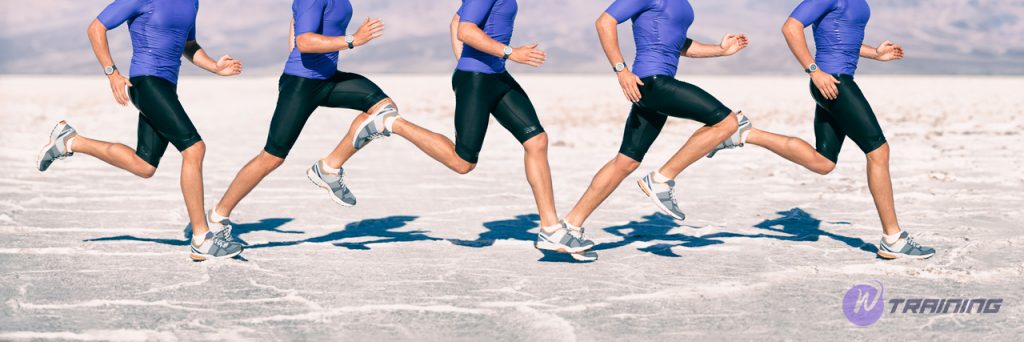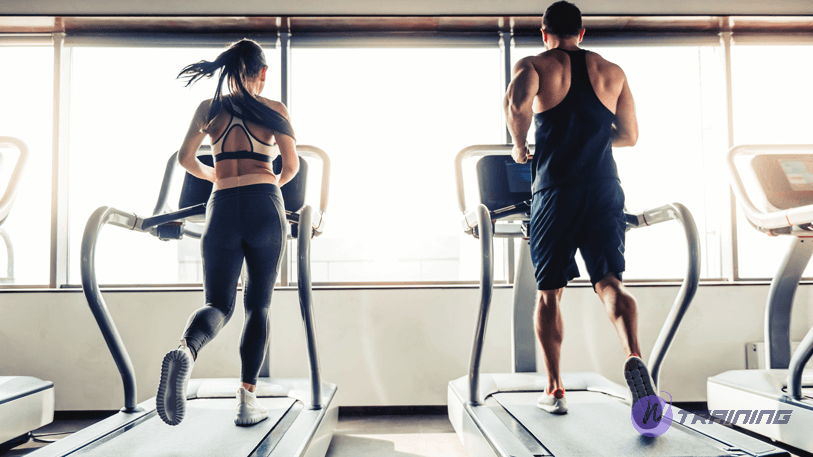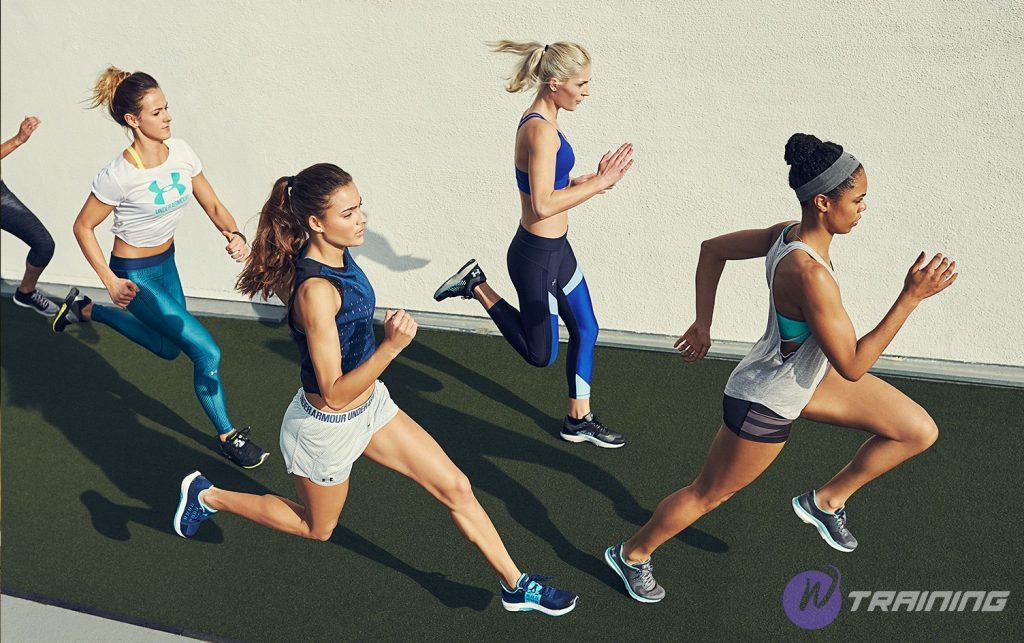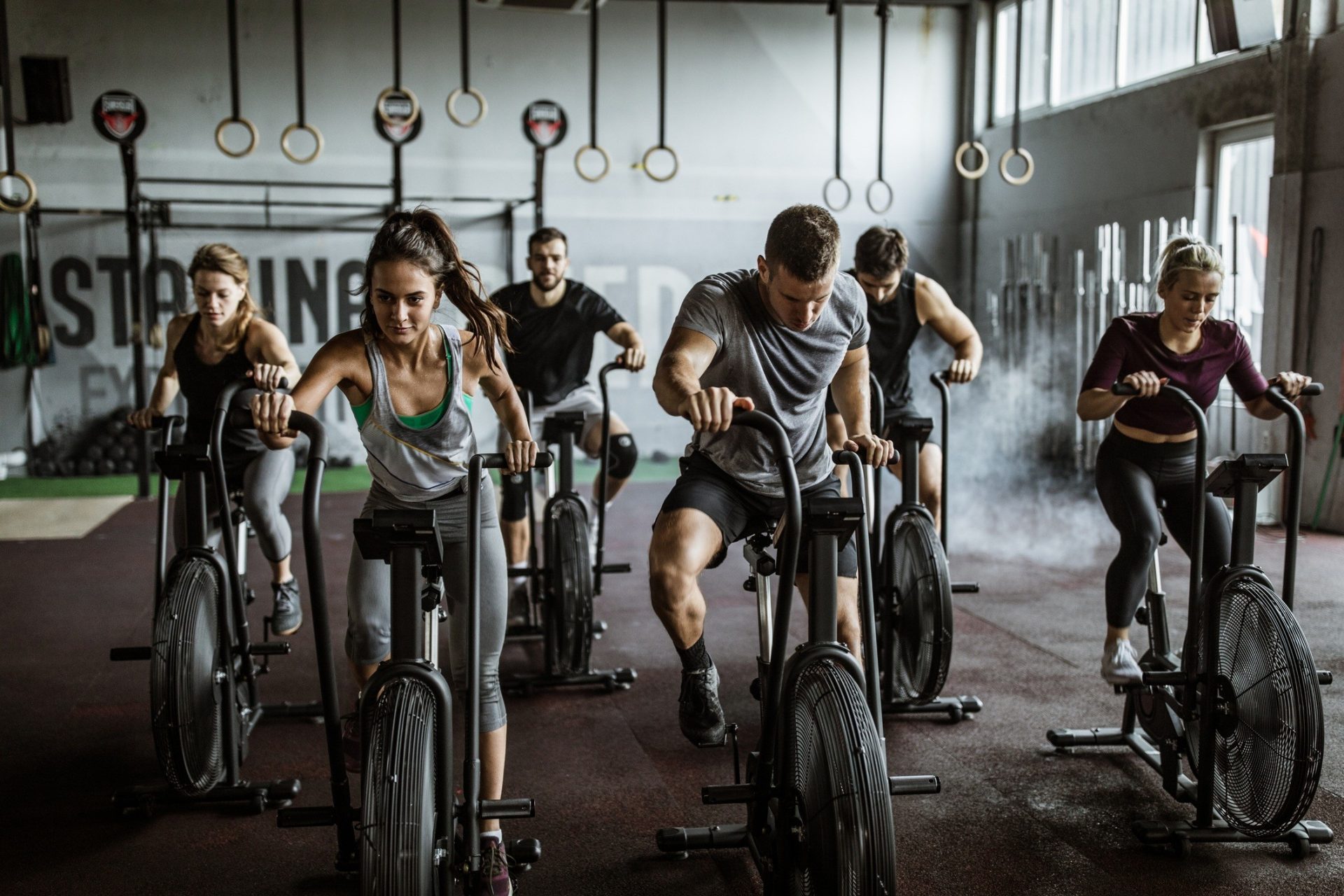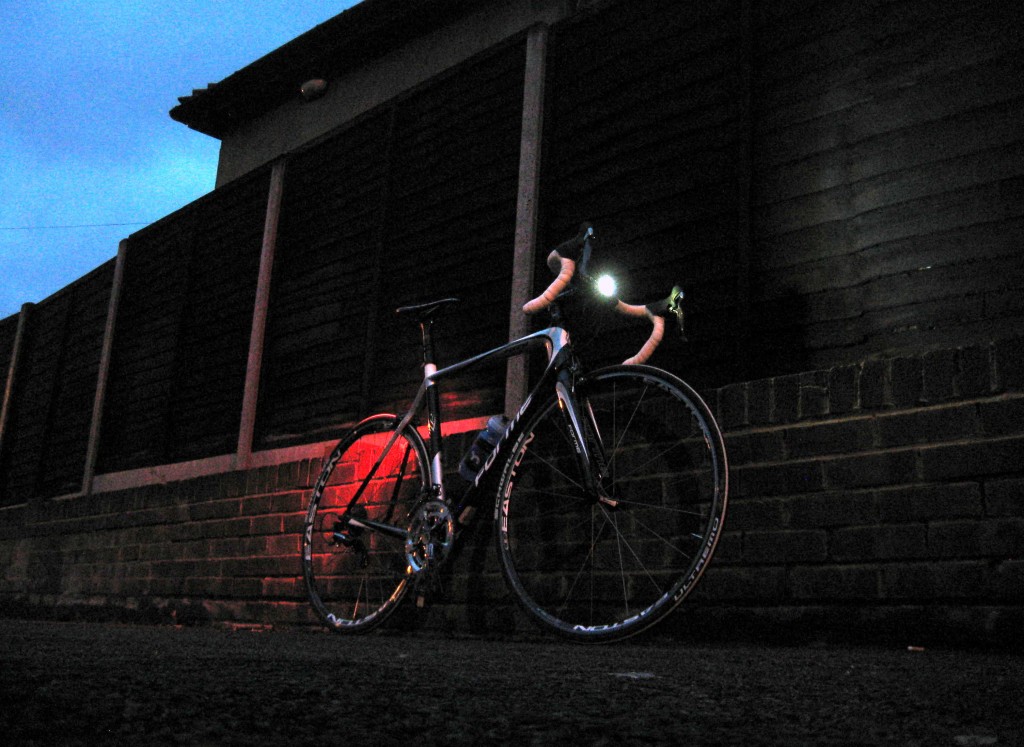Your running cadence is one of the most critical factors to run fast, efficiently, and pain-free. Improving this figure not only will help you run faster with the same or even less effort but also lessen your chance of injury. Join us and see what running cadence is!
About Cadence
1. Definition
In running, cadence is frequently defined as the total number of steps you take per minute. Counting the number of times your feet hit the ground in 60 seconds is an easy way to determine your cadence for running. Cadence is also defined as the number of steps taken by one foot per minute.
Your physical characteristics have an effect on your cadence numbers. The length of your legs, your weight, and your height all play a role.
2. What is a good cadence?
Individuals may have a different cadence. Because they run faster than beginners, good runners usually have a higher cadence.
The average runner has a cadence of 150 to 170 spm (steps per minute), while the fastest long-distance runners have a cadence of 180 to 200 spm. It should be noted that these figures are typically maintained in shorter-distance endurance races and full marathons.
3. How does cadence affect your running?
Your cadence influences your ground contact time. Ground contact time is the amount of time your foot is in contact with the ground during each stride. The longer you are in contact with the ground during each stride, the more you are engaging and, as a result, putting strain on joints and muscles. Less contact time equals less pressure.
The simplest example of this is taking large, overreaching steps when walking, which will put a strain on all of your joints and muscles. Then try it again but with smaller, faster steps this time. Faster steps will have a greater impact on your cardiovascular system (heart rate, respiration), but your legs will not feel the same level of effort and this is important when beginning to run.
Read more: 6-Week 5K Training Plan for Beginner
Calculate your cadence
1. The reasons why you should monitor your cadence
- To avoid overstriding
If your cadence is low, it may indicate that you are taking long strides, landing heel first, and effectively braking against your forward motion.
Aim to land with your feet closer to your center of gravity. Increasing your cadence is one way to do this, but you should address the underlying cause and strengthen your legs’ muscles in the long run.
- To vary improve your running
The key to progress is variety.
Cadence can be used to guide you during training sessions. Run sections of your workout at varying cadences, low and high, to force your body to respond to a variety of exercise stimuli. You will notice an increase in strength, coordination, and speed over time.
- To spot needs for improvement
Your running cadence can also be used as a diagnostic tool.
You will become tired during the long run, which will affect your running technique. Most of the time, you won’t notice the changes because your body will try to maintain the same pace on its own.
Take a run and pay attention to your cadence. Is it different as you get tired? If you notice your cadence dropping, it is a sign that you are unable to sustain your current running form for an extended period of time and that you need to vary your training.
2. How can you determine your running cadence?
Your cadence is determined by your running skill, history of training, and anatomy. Taller runners, for example, will naturally have lower cadences.
Every runner has a distinct cadence style. One runner may take large strides and run efficiently, while another may take more steps per minute and run efficiently.
It’s pointless to try to improve your running by simply increasing your cadence. That’s just not how things work. You may notice a difference in your cadence as you improve as a runner by focusing on your speed, strength, and coordination.
You’ll be able to run at the same speed with less effort as you get stronger and quicker – and find your optimal cadence and stride length. You’ll be able to maintain that pace, as well as your optimal cadence and stride length, for longer as your stamina improves.
3. Running cadence calculator
Tracking cadence while running tells you how you’re doing at the moment, but analyzing your data allows you to zoom in to compare the minute details of your workouts and zoom out to get a complete picture of your fitness over time. You can identify training trends and take action – seize every opportunity for improvement.
Cadence is typically calculated by counting the number of times you land in 60 seconds. Professional athletes typically run at a cadence of more than 180 spm (steps per minute). Cadence is sometimes calculated by counting the number of times a foot (left or right) lands in a minute. At this point, the cadence value is half. For instance, 90 spm.
On the other hand, support applications are required if you want to calculate your cadence with high precision. There are numerous cadence calculators available today that can provide you with the necessary indicators about your cadence. Here is one of them.
WellTraining – an easy way to calculate your running cadence
WellTraining is a running app for activity tracking. It allows you to calculate all the parameters related to your running. Specifically, it analyzes your cadence as well as your pace, time, distance, calories burned, steps, heart rate, elevation and many other activities.
Step 1. Download WellTraining to your phone. This app is completely free.
Download app here: Android | iOS
Step 2. Open WellTraining and click on the Workout button. Choose which types of workout you want (Running or Treadmill). And then…Just run! Tracking will start as soon as you start running.
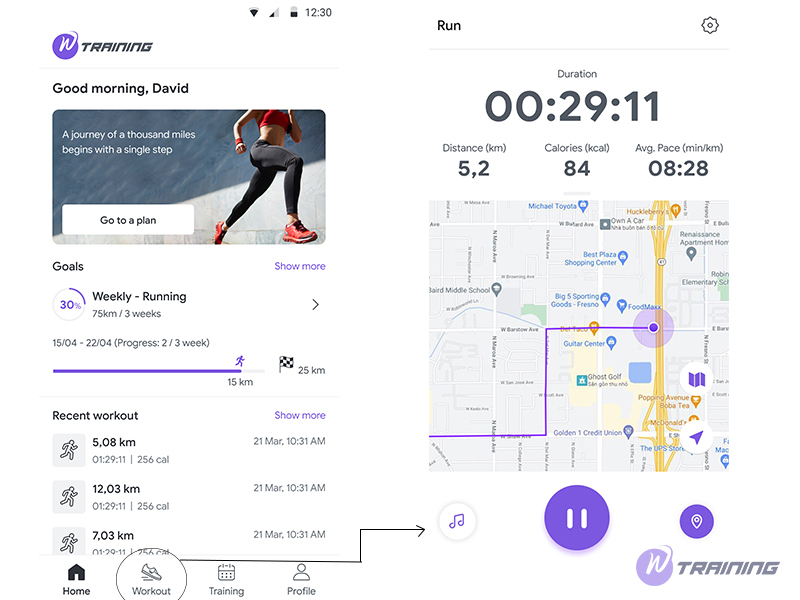
Step 3. After finishing your run, click on the Pause button and see your tracking results.
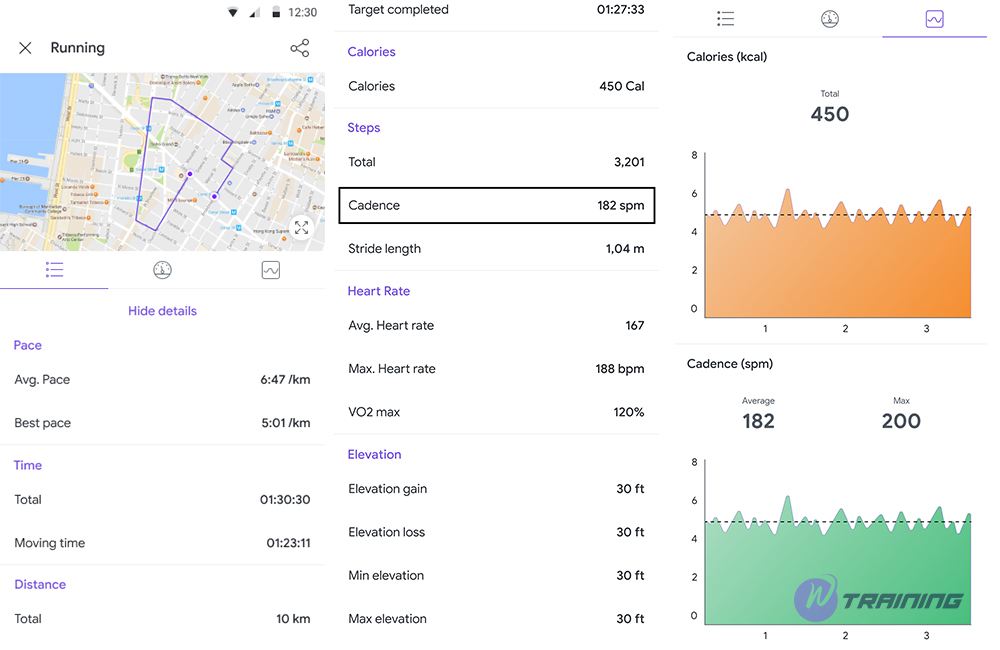
The figures will be displayed on 3 pages:
- On the running detailed page, you will have an overview of your Pace, Time, Distance, Calories, Steps (Cadence & Stride length), Elevation, and Weather while you run.
- You can track your Pace on the running splits page.
- Calorie, Elevation, and especially Cadence metrics are accessible on the running calories page.
Every runner has a cadence that works best for them. By recording your current cadence and using a few simple cues around your stride length and form, you can increase your cadence to be more efficient and faster. WellTraining’s algorithms are extremely accurate, ensuring you’ll have the most detailed metrics on your cadence.
Improve your cadence
1. Do high-cadence strides
Going fast is the most basic way to train your body to go fast. Accelerate twice a week after an easy run — or during a run after you’ve warmed up — until your legs are turning over as quickly as they can comfortably go, and hold that rhythm for 8 to 12 seconds. Slowly jog or stroll until you’ve fully recovered. Begin with 3–4 repetitions and work your way up to 8–12 repetitions.
These strides are intended to jolt your neuromuscular system out of its usual rut and open up new pathways for it to use as it attempts to improve your mechanics. If you start running for fitness and only do [easy] running, you never ask your body to self-optimize to do anything faster.
You’re probably running at an ideal cadence for your easy runs, but if you want to get faster, your body will need to learn to spin over faster. If you conduct drills where you run 20 steps per minute faster a few times per week, you might trigger an entire system reaction that moves both mechanics and fitness in that way.
When you accelerate, be sure you’re not reaching or straining – the idea is to move your feet faster, not necessarily run faster (although you will speed up). Maintain a comfortable and fluid demeanor while popping off the ground as if it were a burning surface.
2. Use quick arms
When you speed up, focusing on moving your arms faster can help you take shorter strides rather than reaching and extending your stride. Because arms do not bear weight, they are easier to manipulate. When the arm rhythm shifts, so will the legs and feet.
When swinging faster, keep your arms back and your motion tight and compact, with your elbows behind your hips and your hands near your lower ribs. Driving your arm back will help you keep your chest forward and torso balanced, as well as encourage your feet to drive backward rather than forward.
Driving your elbows back with a quick, short swing will increase your cadence and get you going faster at any time.
3. Run tall and dynamically balanced
Simply increasing your cadence will get you faster, but in order to keep that speed, you must develop an efficient stride that does not break with each landing.
Landing closer to the ground and pushing backward, rather than reaching and pulling, often necessitates improving hip mechanics and reactivating muscles that have been weakened by our sedentary, seated lifestyles. Your body will optimize your cadence and stride for each pace as your hips become more mobile and your glutes become more active and strong.
In addition to working on your mechanics, you can improve your fast-running cadence by improving your posture and becoming tall and balanced. On the run, novice runners frequently maintain a “sitting” position, with their hips bent and their weight back on their heels. Experiential runners maintain a tall posture, stacked in a straight line from head to heels, with a slight, full-body, forward lean that places their weight over their toes.
In summary, improve your running cadence can improve your performance. Try tracking your running with our WellTraining app and see your running get better day by day.
Read more:
Running Pace Calculator: Incredible Tips For Beginners
Sign And Symptoms Of Dehydration While Exercising
